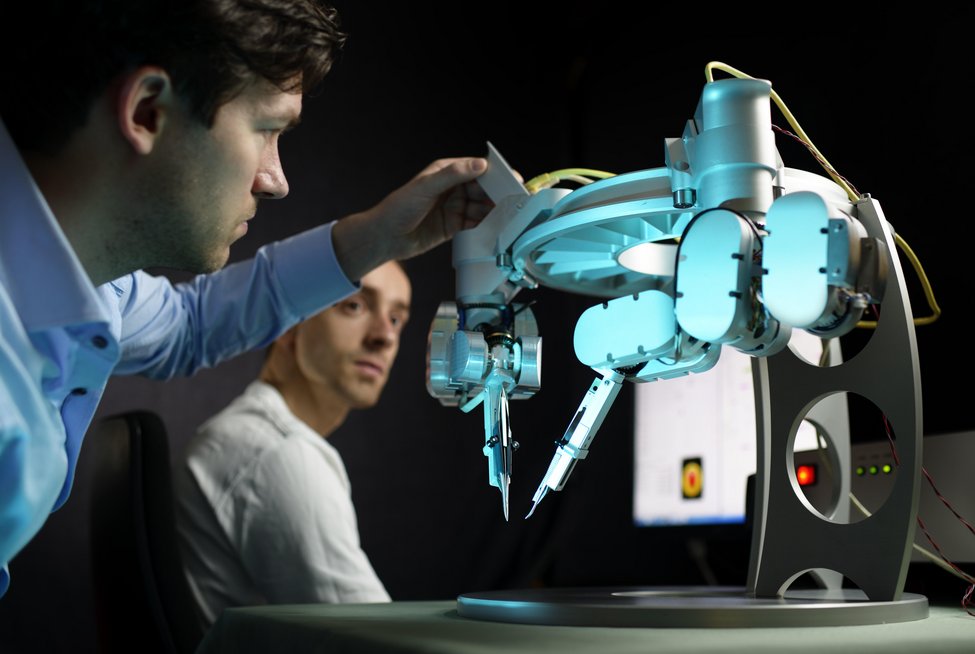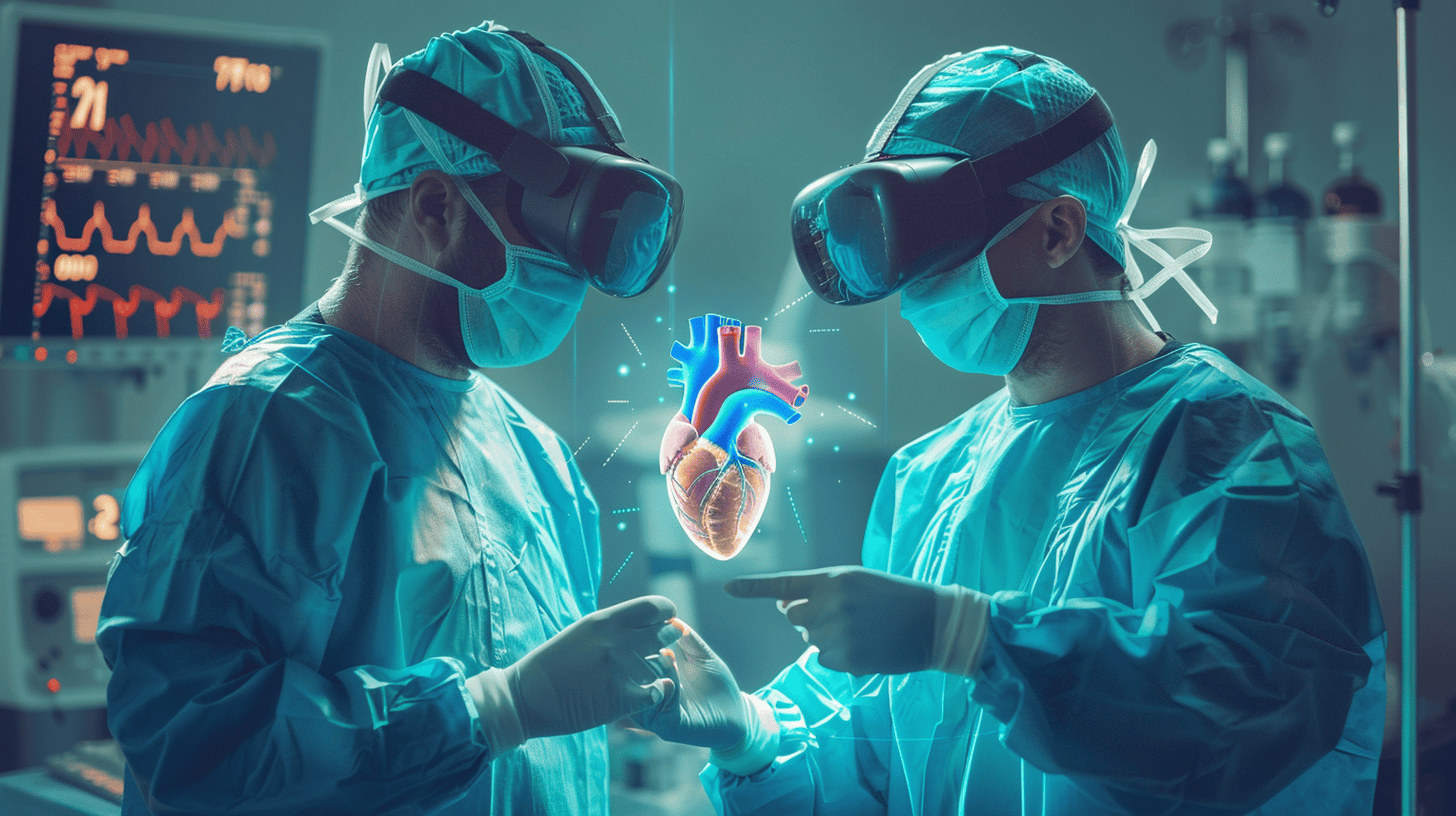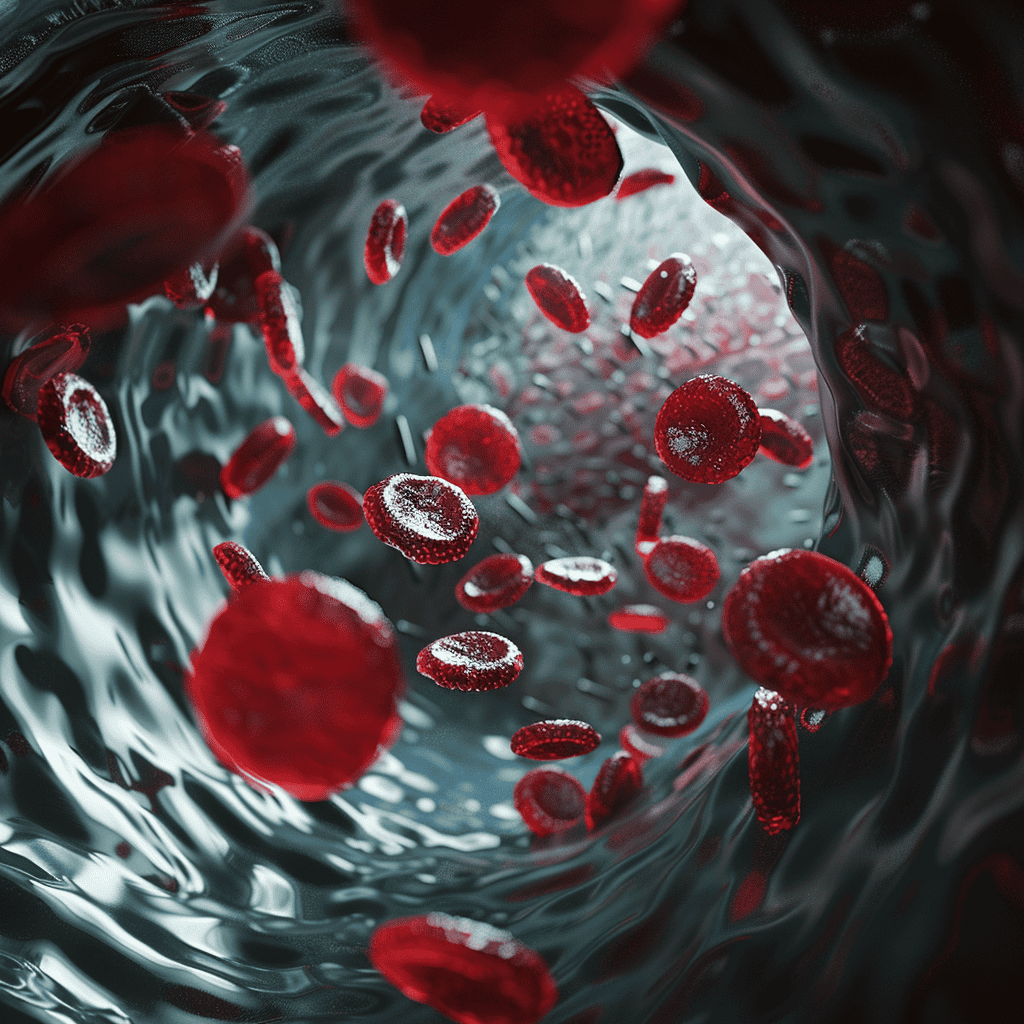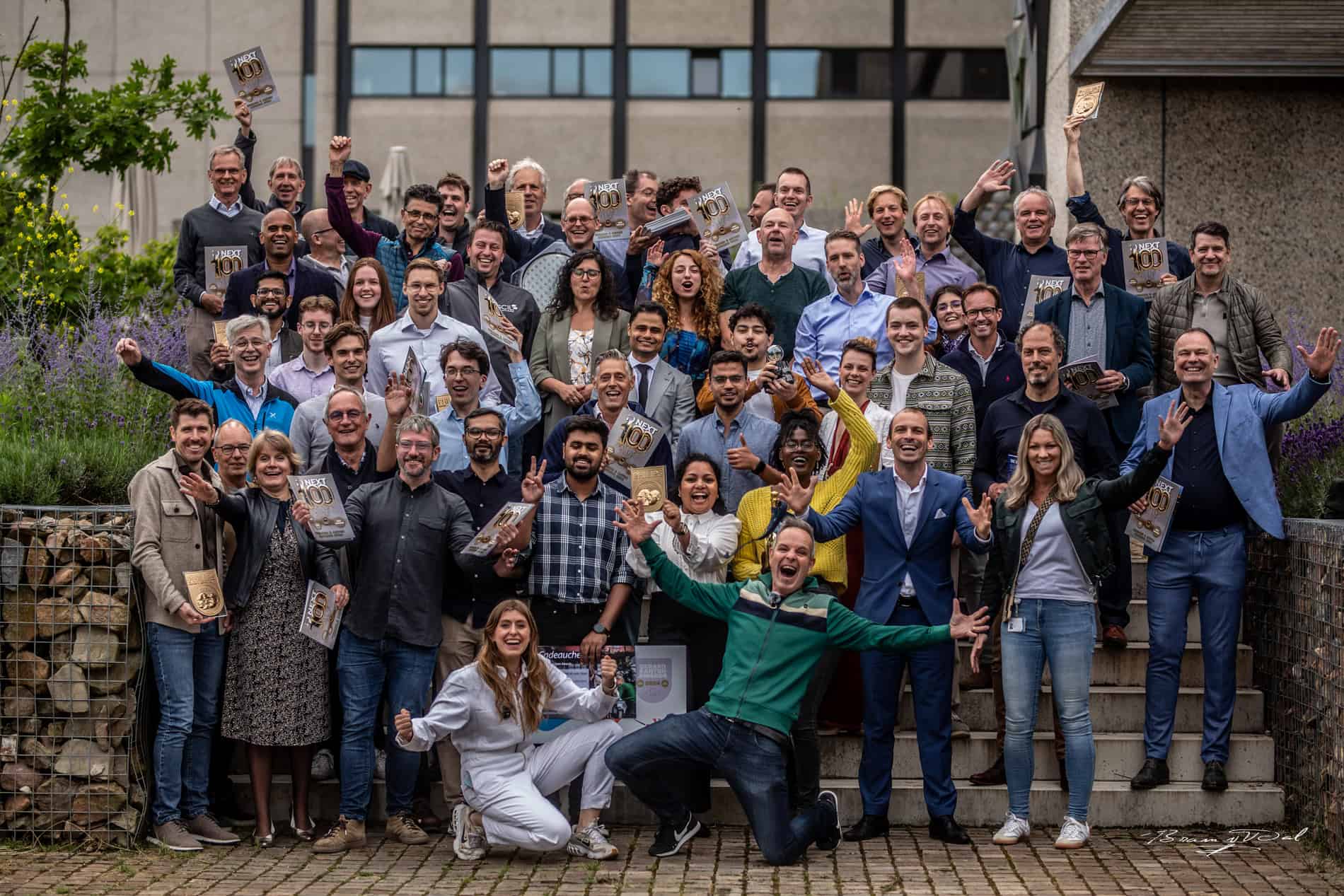
MUSA is the name of the first robot for super-microsurgery. MUSA was developed in recent years by researchers at Eindhoven University of Technology, Netherlands, the MicroSure company and plastic surgeons at the Maastricht UMC+ medical center. The only thing MUSA lacked was practical experience. This has now changed, says TU Eindhoven in a press release.
TU Eindhoven: “MUSA was recently used in the world’s first clinical study on robot-supported super-microsurgery, which took place in close collaboration with Maastricht UMC+. The researchers demonstrated that it is safe and feasible to connect lymph vessels to blood vessels when treating lymphedema using the MUSA robot.”
According to the TU, these are operations on vessels with a diameter of 0.3 to 0.8 millimeters, which are extremely difficult for ordinary surgeons because the slightest vibration of the hands can already cause the operation to fail. MUSA does not have this problem.
Robot is actually too big a word for MUSA. In fact, it is a compact and light device that can be attached to an operating table. It is a robotic arm that can operate five times as accurately as the human hand. This is possible by converting the surgeon’s larger hand movements into smaller, more precise movements of the surgical instruments, filtering out the small vibrations of the human hand.
Lymphedema
An example of a treatment in which MUSA can offer a solution is the intervention that reduces lymphedema (fluid accumulation) in the arms. Lymphedema often occurs after treatment of breast cancer when the lymph nodes in the armpit are removed or irradiated. Women who develop lymphedema after breast cancer treatment often wear life-long arm stockings for this reason.
In some cases, lymphedema can be treated with lymphovenous anastomosis (LVA) surgery, which is a procedure in which a connection is made between the lymph vessels and very small blood vessels to drain away excess lymphatic fluid. The diameters of both types of vessels meet the criteria for super-microsurgery.
The study confirms that this operation can be done safely and practicably using the MUSA robot. According to the Eindhoven University of Technology, extensive follow-up studies in several centers are now required to further investigate the differences between operations with and without robot support. This pilot study was a step in the further development of surgical robots for super-microsurgical procedures.
The research was published in the scientific journal Nature Communications.








